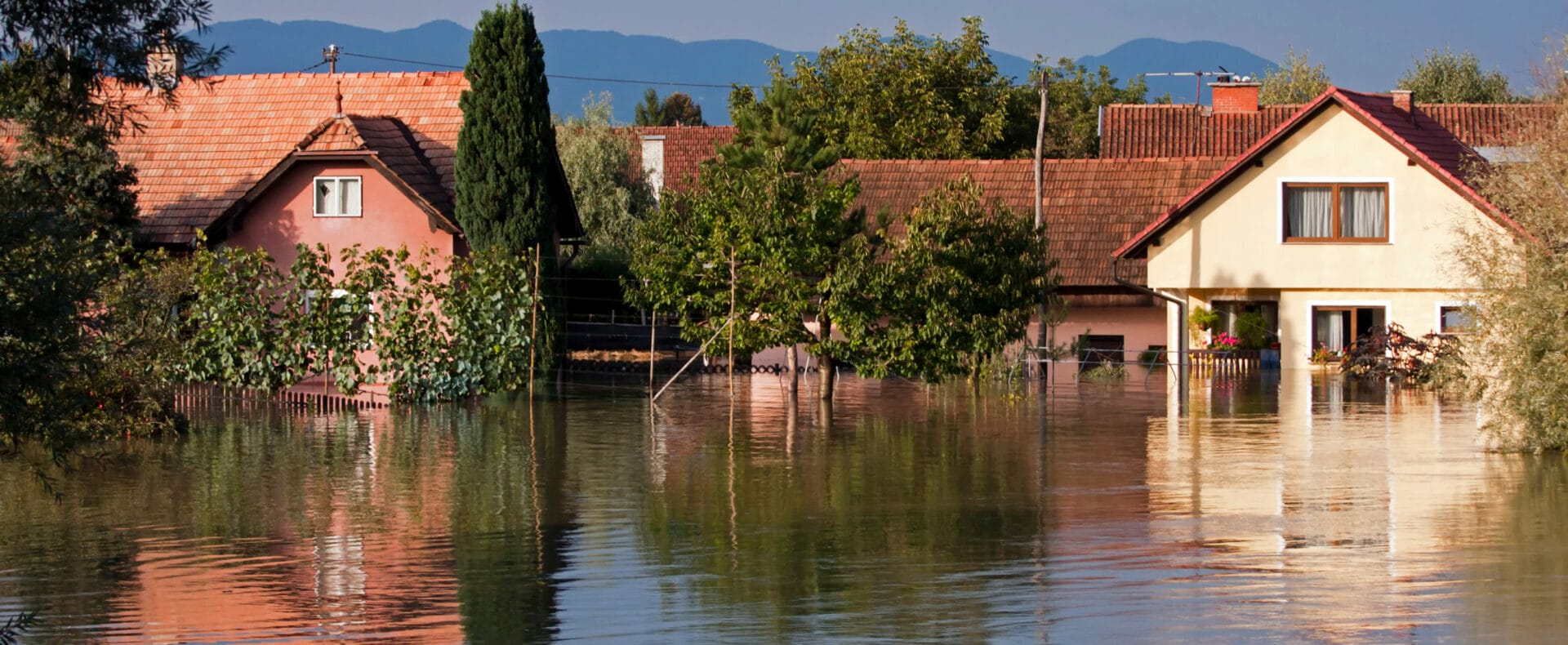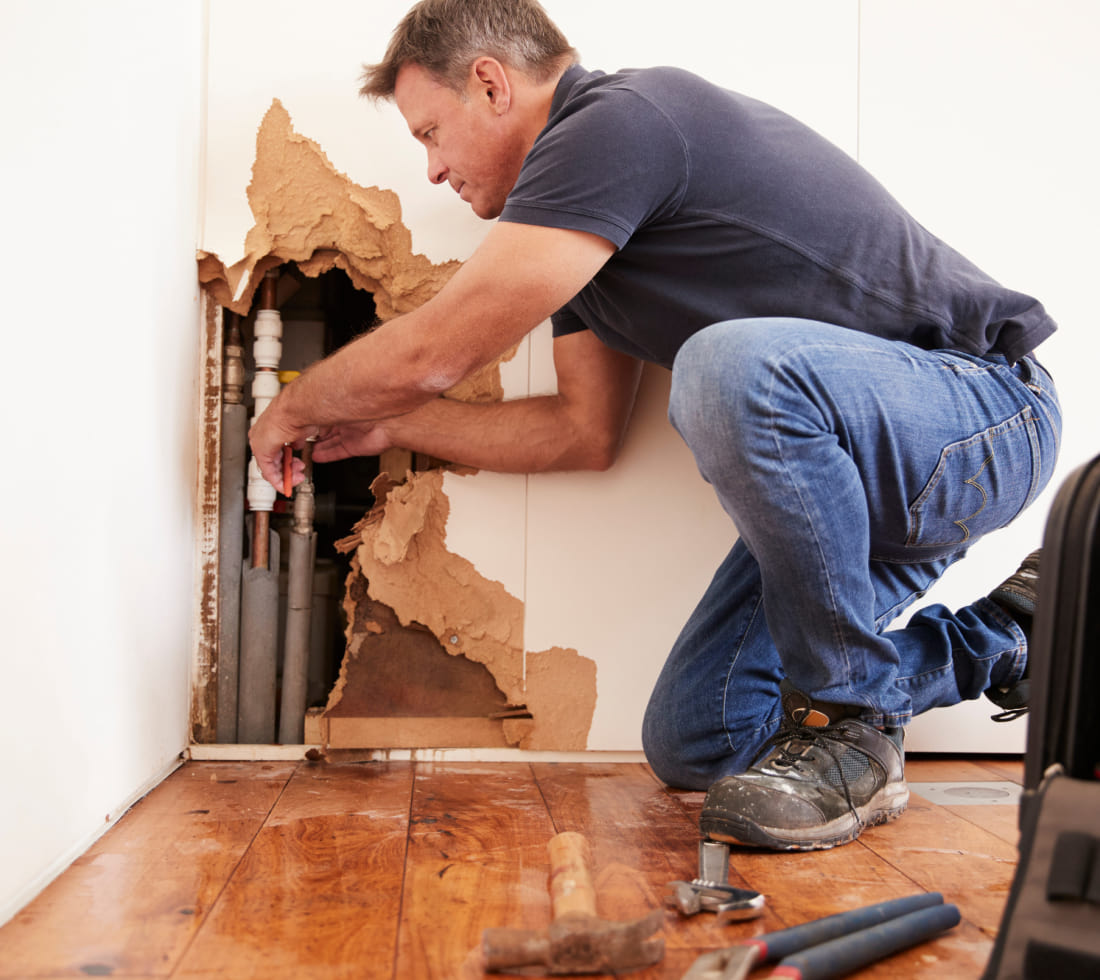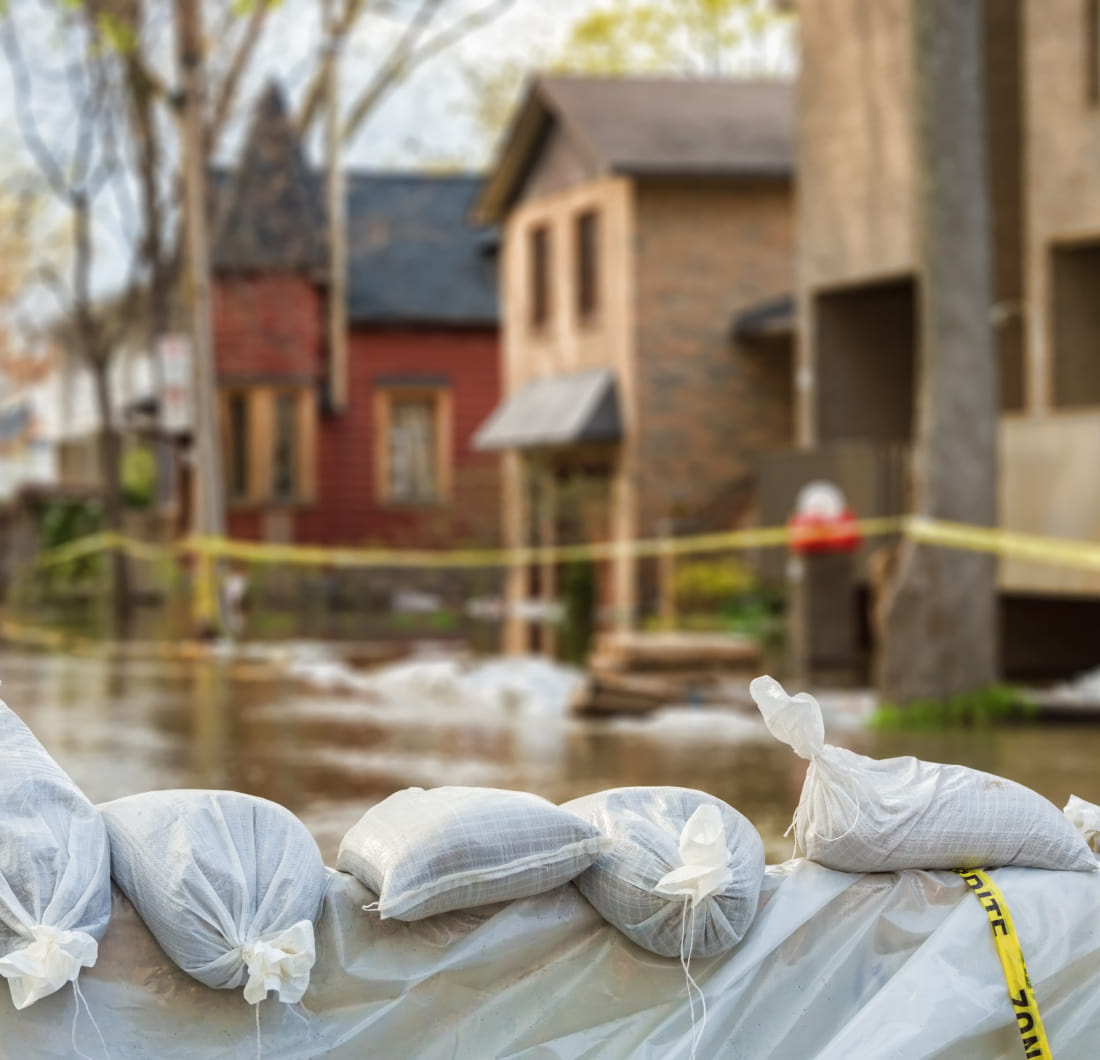Structural Integrity
From the foundation to the roof, the main structure of your home is covered.

Guarding Your Home and Business Against Nature's Unpredictable Events
Flooding can strike anywhere and at any time. Many people mistakenly believe their insurance policy includes coverage for flood damage. Unfortunately, this misconception can lead to significant financial loss. Understanding and investing in a flood insurance policy is essential for comprehensive home protection.


Flooding is among the most common and costly natural disasters. With changing climate patterns and increasing urban development, no home is completely safe from potential flood risk. Flood insurance acts as a safety net, ensuring that homeowners can rebuild and recover without facing a financial catastrophe.
Flood insurance is designed to provide protection against the devastating effects of flooding. It typically includes two different types of coverage:
Building Property Coverage
Personal Contents Coverage
These cover both the structure of your home and your personal belongings if damaged or destroyed by a flood.

From the foundation to the roof, the main structure of your home is covered.
Floodwaters can wreak havoc on a home's electrical systems, circuit breakers and plumbing infrastructure. Flood insurance affords coverage for repairs and replacements for such damages
Appliances that are typically built into the home are covered.
Damage to furnaces, water heaters, air conditioners and other HVAC equipment is also covered.
Permanent fixtures such as wall paneling and installed carpets damaged by floods can be replaced or repaired.
10% of the total building coverage may extend to a detached garage. However, other outbuildings would require a separate policy
Essential items such as your sofas, beds, televisions and computers are covered.
Flood-damaged clothing items can be replaced.
Beyond built-in appliances like portable microwaves and washing machines are also covered.
Window treatment damaged in a flood will be replaced or repaired.
The policy may extend coverage for stored food and contents in your freezer.

While flood insurance provides essential protection, there are certain exclusions and limitations. Some key excluded losses include:
Damages from preventable moisture, mildew or mold.
Costs like temporary housing.
Most self-propelled vehicles and their parts.
Items such as trees, plants, wells, decks, patios, fences and swimming pools.
Financial losses from business interruption or loss of use.
Damages from water flow beneath the surface, like seepage or sewer backup.
Expenses related to legal compliance in construction, demolition or repair.
Flood insurance typically offers limited coverage for basements.
Discussing exclusions with your insurance agent and understanding your policy's specific terms is always recommended.
Flooding is unpredictable, but your protection against it shouldn't be. Securing your home and with flood insurance is essential to responsible homeownership. At HWP Insurance, we are dedicated to providing you with the coverage necessary to safeguard your assets.
If you have any questions or need clarity on flood insurance specifics, our seasoned experts are just a call away, ready to provide the tailored guidance that's synonymous with the HWP name.
Get Started
Flood insurance generally doesn't cover additional living expenses, such as temporary housing or hotel stays.
Flood insurance is mandatory for homes located in designated high-risk flood zones and have a mortgage from a federally regulated or insured lender. However, your lender or your homeowners insurer may still require it, even if you’re not in a high-risk zone. Also, it’s a good idea It’s wise to consider flood insurance regardless of your location, as more than 20% of flood claims originate from properties situated outside high-risk zones.
Typically, there's a 30-day waiting period from the date of purchase before your flood insurance policy goes into effect. There are some exceptions, such as when coverage is required by a lender or if a new policy is purchased during property ownership transfer.
Rates are determined by various factors including the property's location, its risk zone designation, the building’s age and characteristics, its structure and the coverage limits, deductibles and prior claims.
You can still purchase flood insurance even if your home, apartment, or business has been flooded, though it might influence your premiums.
STEP /